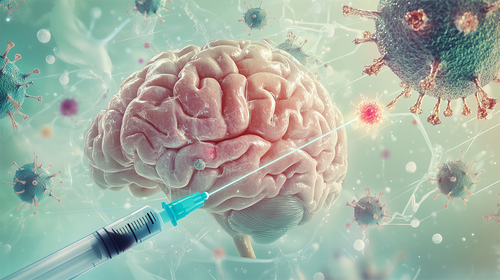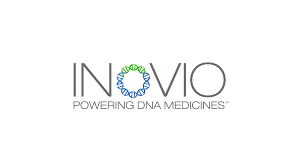 MedicalResearch.com Interview with:
Minesh P. Mehta, M.B., Ch.B. F.A.S.T.R.O.
MedicalResearch.com Interview with:
Minesh P. Mehta, M.B., Ch.B. F.A.S.T.R.O.
Professor of Radiation Oncology,
University of Maryland School of Medicine
Radiation oncologist, University of Maryland Marlene and Stewart Greenebaum Cancer Center
MedicalResearch.com: What are the main findings of the study?
Dr. Mehta: RTOG 0825 was a clinical trial evaluating whether the addition of a novel drug that inhibits tumor vascular growth,
bevacizumab, to the standard of care for glioblastoma, an aggressive brain tumor, would prolong survival. Patients were allocated randomly to one of two different treatment regimens – the standard of care, which includes radiotherapy and a drug known as temozolomide, or another regimen of radiation, temozolomide and bevacizumab. The trial design was double-blinded, and therefore, on one arm patients received the bevacizumab, whereas on the other arm they received a placebo. The survival on both arms was equivalent, and therefore it was fairly concluded that bevacizumab failed to prolong survival when given initially as part of treatment for glioblastoma.
Freedom from progression, referred to as progression-free survival was also measured on this trial, and although bevacizumab appeared to lengthen progression-free survival, this level of benefit did not meet the pre-defined goals, and is therefore regarded as statistically not demonstrating an improvement.
Additional endpoints included outcomes reported by the patient, including the burden of symptoms, and the impact of these on the quality of life, as well as effects on the brain, known as neurocognitive changes. Bevacizumab did not improve these endpoints either.
(more…)
 Glioblastoma is one of the most challenging cancers to treat due to its aggressive nature and resistance to standard therapies. In recent years, however, the field of glioblastoma immunotherapy has made significant strides, introducing innovative approaches like oncolytic viruses and brain cancer vaccines. These emerging treatments aim to engage the immune system in the fight against glioblastoma, offering new avenues for improving patient outcomes and extending survival rates.
Glioblastoma is one of the most challenging cancers to treat due to its aggressive nature and resistance to standard therapies. In recent years, however, the field of glioblastoma immunotherapy has made significant strides, introducing innovative approaches like oncolytic viruses and brain cancer vaccines. These emerging treatments aim to engage the immune system in the fight against glioblastoma, offering new avenues for improving patient outcomes and extending survival rates.




